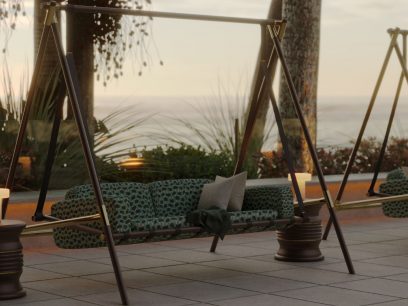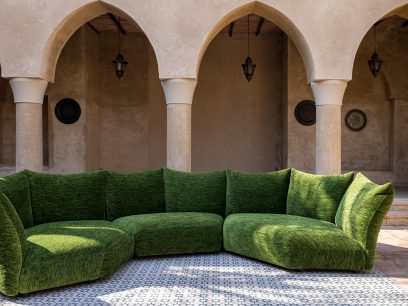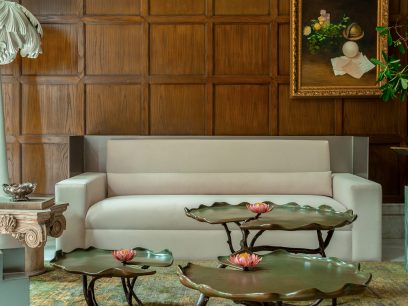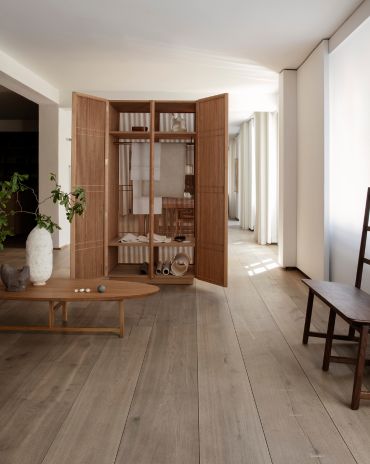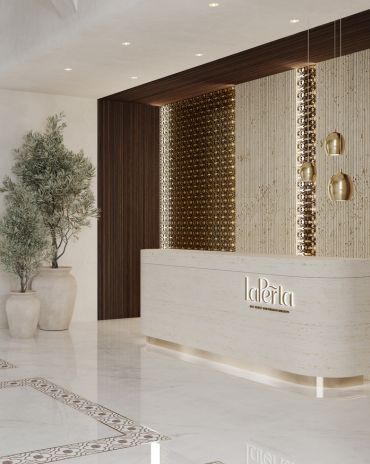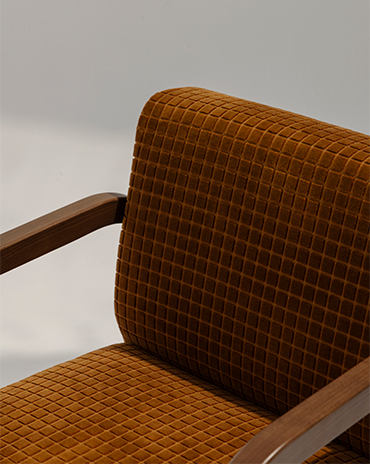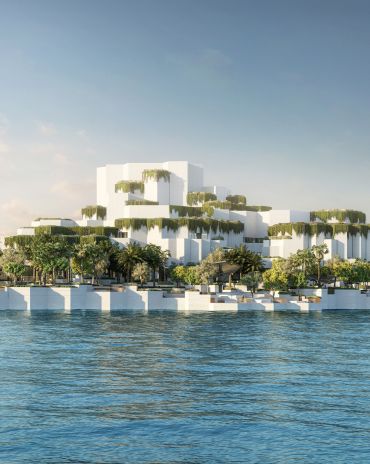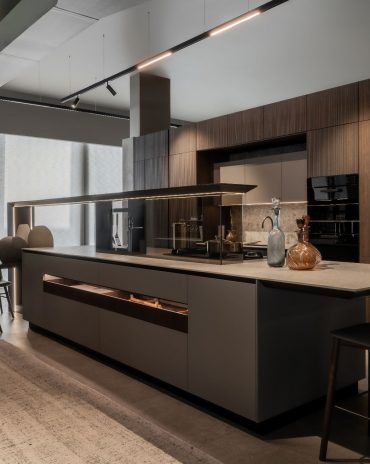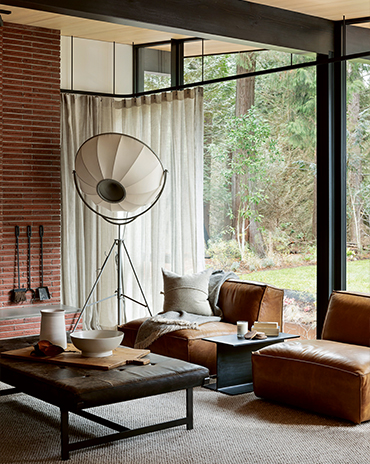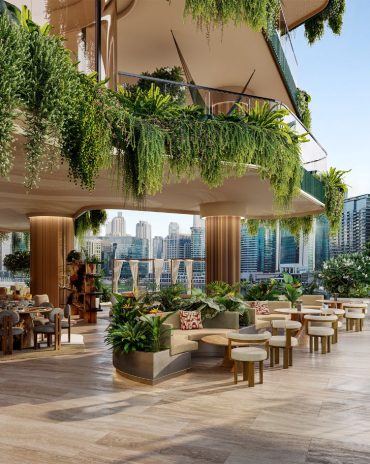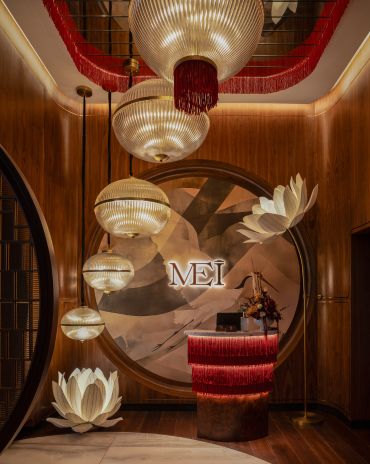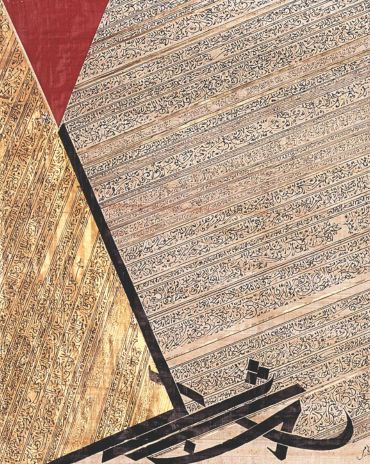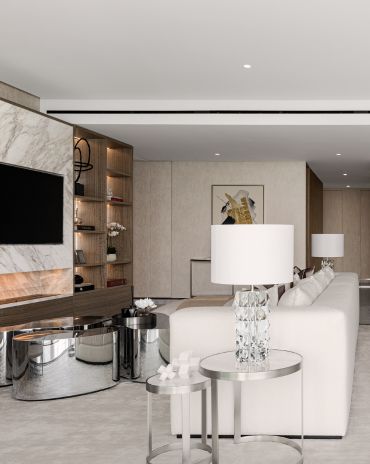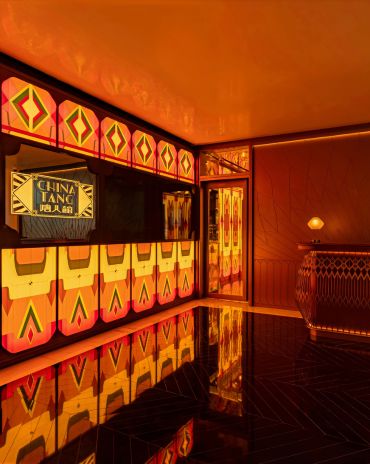Copyright © 2025 Motivate Media Group. All rights reserved.
Staying Ahead of the Curve
identity interviews members of the A+D industry on the latest technological innovations driving their practices into the future
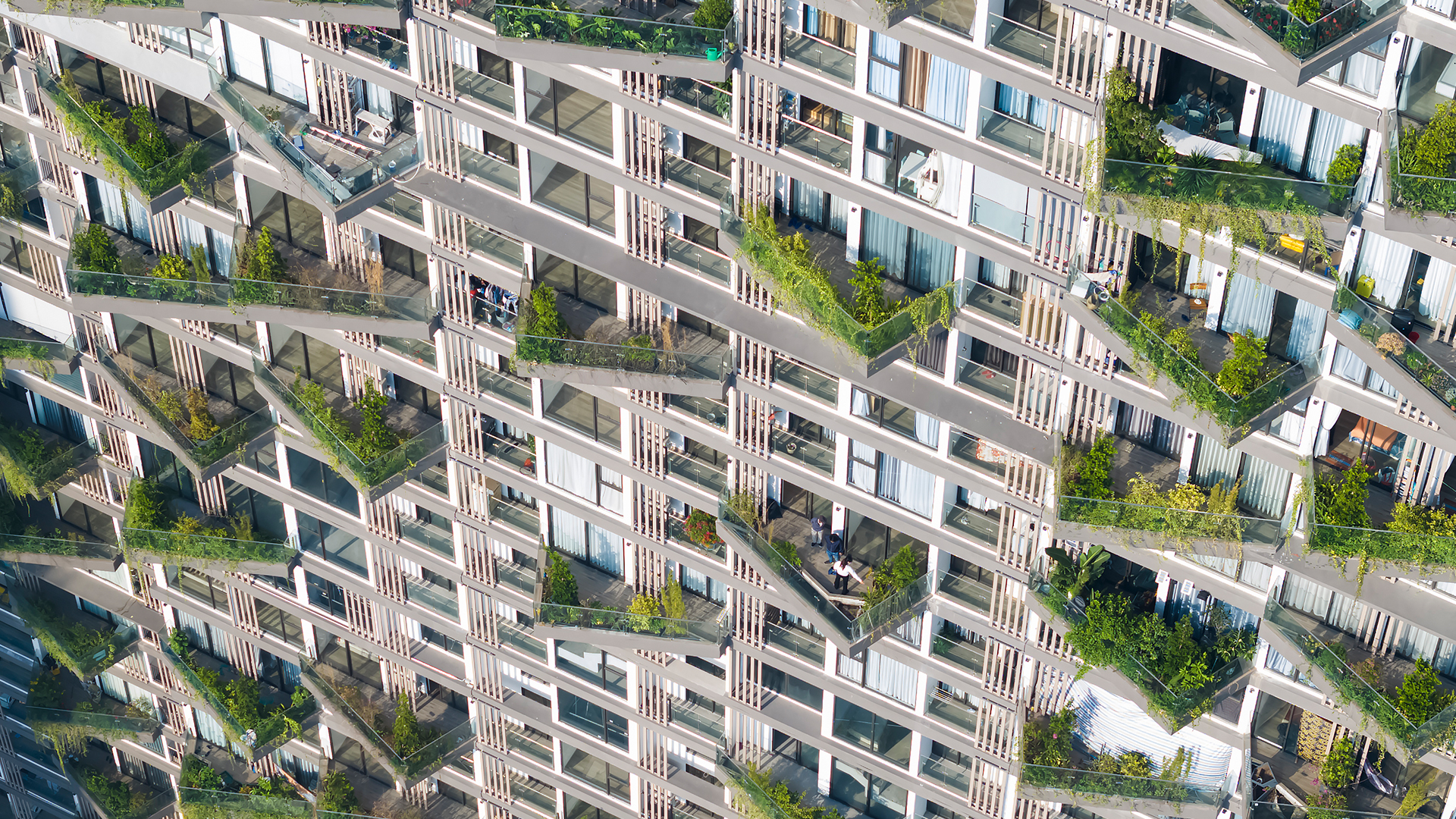
In a rapidly evolving world, here’s what members of the architecture and interior design industry have on their radar. Shaped by disruptive technologies that are transforming how architectural firms create, collaborate and meet client needs, Dewan Architects + Engineers recently established MAD (Metaverse Architecture Department), a research and development lab, to continuously explore innovations and redefine workflows to capitalise on the emergence of AI-driven design tools and extended reality (XR).
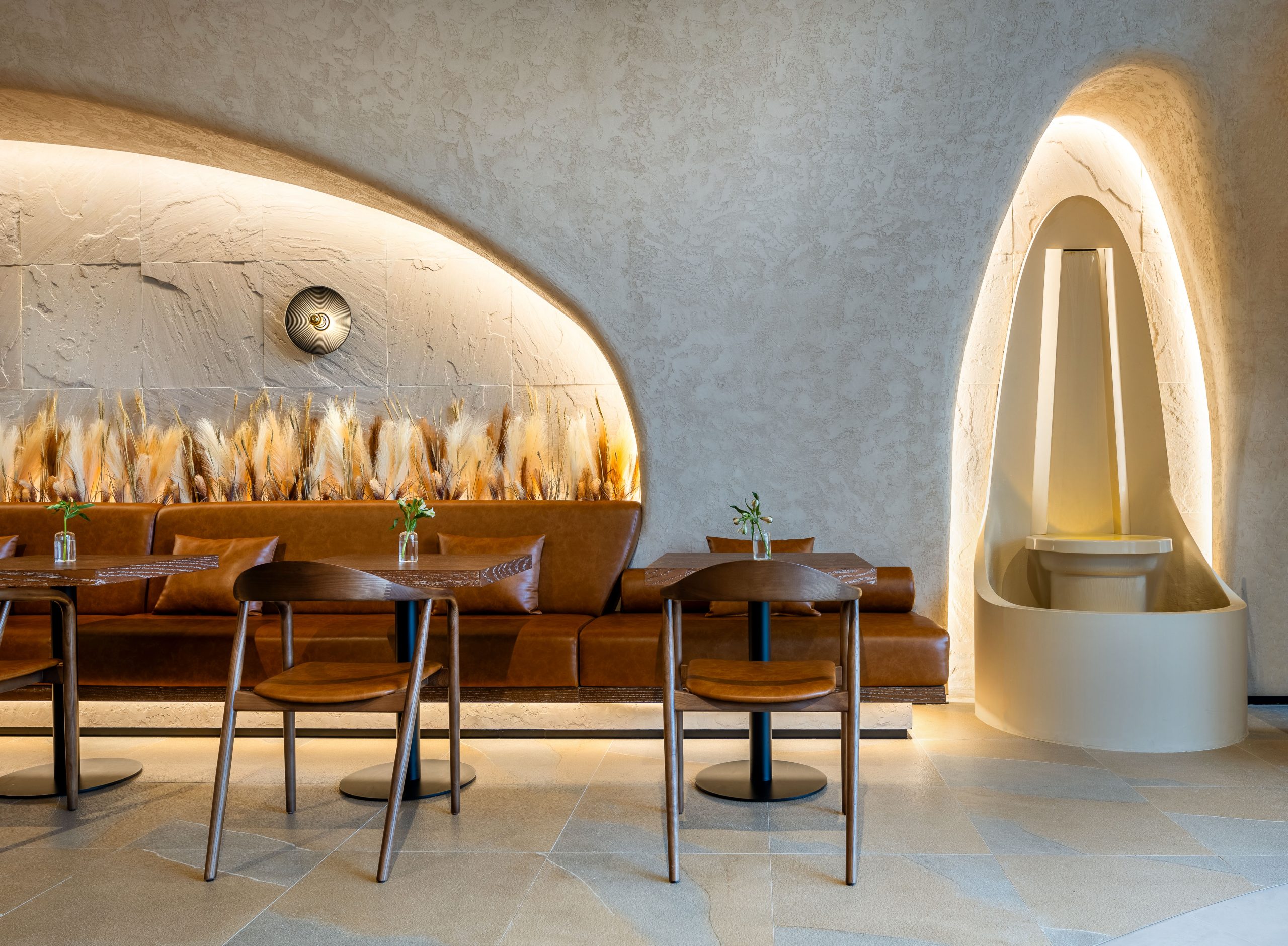
IDA bakery and bistro, designed by 4Space Design
“AI is no longer just a buzzword, it’s fundamentally transforming how architects conceptualise, iterate and execute projects. It has evolved far beyond simple text-to-image capabilities; we are now interacting with our data, asking for insights and receiving actionable recommendations,” shares Mohammed Adib, Chief Design Officer (CDO) at Dewan Architects + Engineers. The company, through MAD, has now successfully developed an in-house AI solution called Quible which enables direct communication with Dewan’s Business Information Modelling (BIM) models and automates repetitive and time-consuming tasks, leaving designers to focus on creative problem-solving.
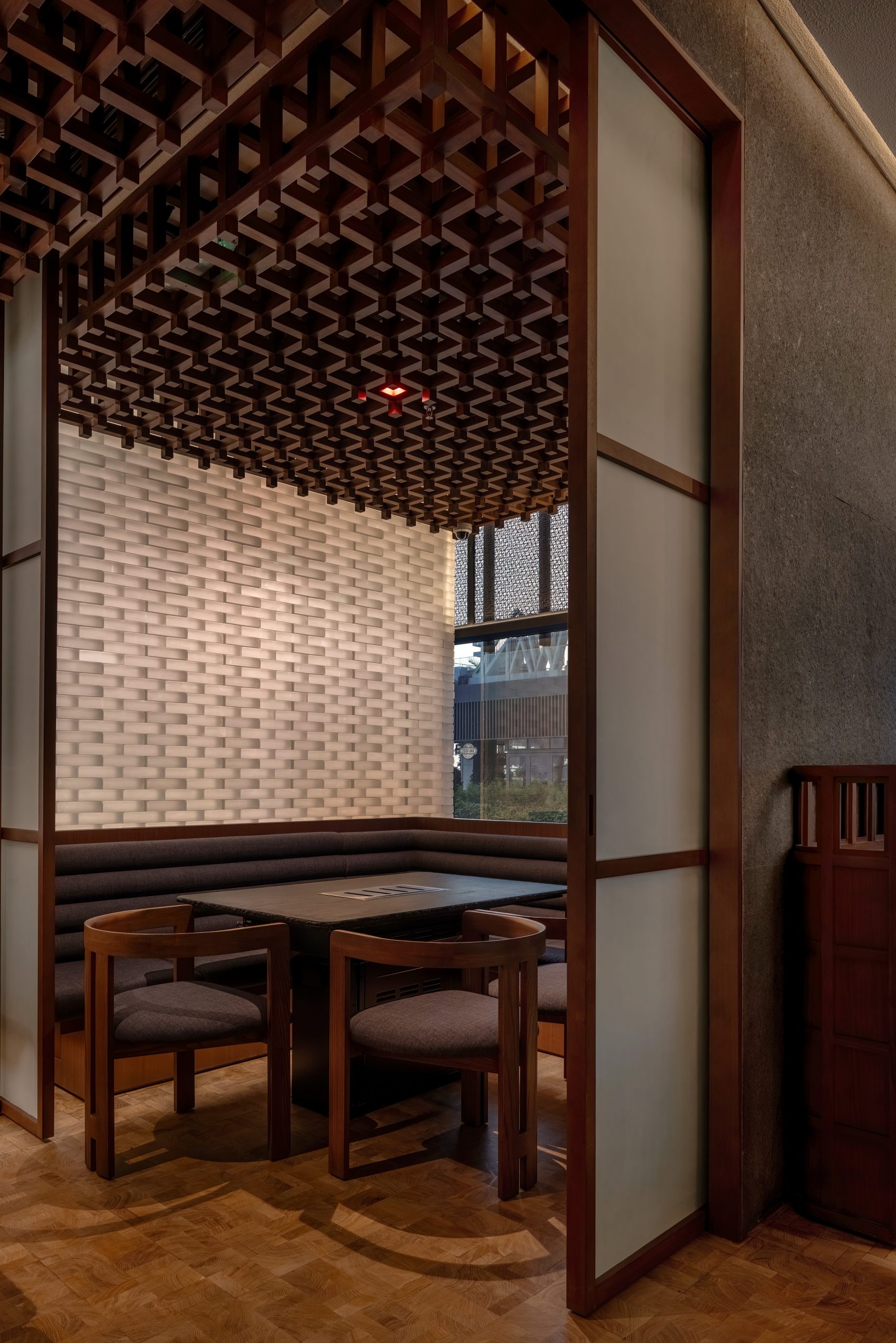
Akabeko at voco the Palm, designed by 4Space Design
Firas Alsahin, co-founder of 4Space Design, is also a fan of capitalising on the AI boom, citing Midjourney and Finch3D, which are revolutionising design ideation and optimisation. He also is a proponent for generative design and BIM. “By integrating BIM with emerging technologies like IoT [Internet of Things] and AR/VR [augmented reality/virtual reality], we’re now able to visualise and simulate entire projects before construction even begins,” he says.
Parametric Architecture
Parametric architecture continues to be heavily used. “Over time, its [parametric architecture’s] capabilities have grown more sophisticated, but today, with the advent of AI and machine learning, parametric design has reached an entirely new level of potential,” Abid shares. “Take, for example, the design of a high-performance building façade. Traditionally, parametric tools allowed architects to model intricate patterns that optimise light, shade and airflow. With AI, this process becomes dynamic. Machine learning algorithms can simulate how sunlight interacts with the façade across seasons and generate louvres or shading systems that adjust in real-time to changing conditions. This ensures optimal energy efficiency and comfort for occupants while maintaining the visual integrity of the design. Here, form becomes a direct response to functional needs, creating a symbiosis where one enhances the other,” he adds.
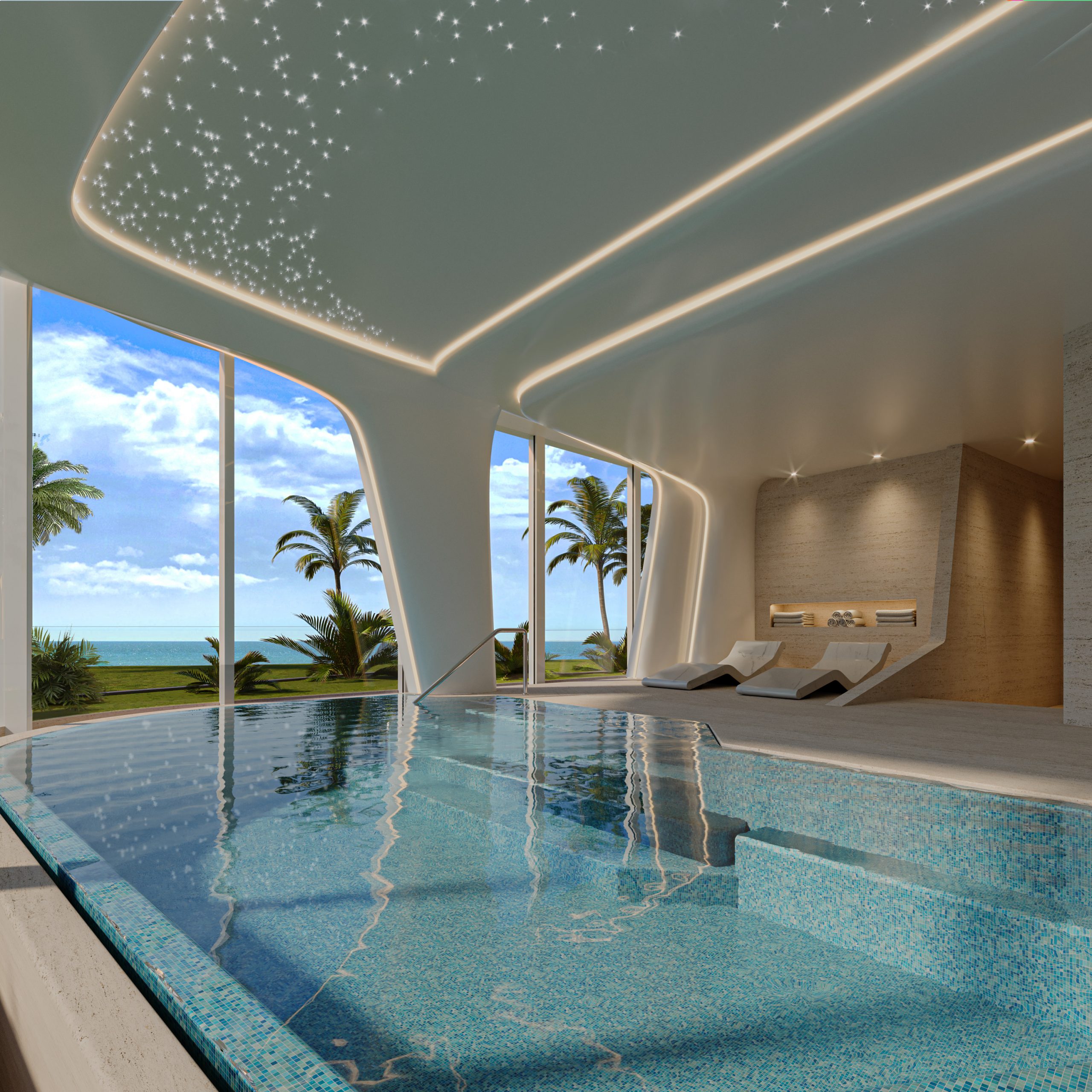
Oceano’s in-house spa, designed by Dewan Architects+Engineers
Smart Cities
From an urban development perspective, smart cities are on the rise. “Smart cities will leverage IoT to collect and analyse real-time data, enabling adaptive traffic management, efficient energy grids, and better resource allocation. This real-time feedback loop will improve the quality of life while reducing environmental impact,” says Alsahin. He also predicts that smart cities will prioritise environmental harmony, ensuring that technology enhances rather than detracts from natural ecosystems. Meanwhile, hybrid physical-virtual spaces driven by AR and VR will transform public areas into immersive, interactive hubs, enriching cultural and social experiences. “The concept of smart cities is no longer a distant vision but an emerging reality where technology and urban design converge to redefine how we live and interact with our environment,” says Adib.
Disruptive Technologies on the Horizon
Alsahin cites technologies such as generative design which uses AI to create optimised, innovative solutions, as well as bioengineered materials like self-healing concrete and algae bioreactors that foster symbiotic structures. Advanced robotics enable intricate construction tasks, enhancing efficiency and safety, while 3D printing accelerates large-scale building fabrication, reducing costs and waste. Additionally, he says hybrid-virtual spaces are here to stay: “AR/VR immersive design tools allow architects and clients to virtually explore and refine projects pre-construction, ensuring alignment and reducing rework.”
“Looking ahead, the horizon is filled with transformative innovations such as robotics, 3D printing, artificial intelligence and extended reality technologies that are not merely tools but catalysts for a fundamental reimagining of how we design and build,” says Adib, who adds that machine learning is emerging as a creative force, helping enhance design decisions and create smarter workflows.

Hai Phong Tower in Vietnam, designed by Dewan Architects+Engineers
Materials Mastery
From a materials perspective, Richard Wilson, founder of Colab, Dubai’s first materials library remains positive. “In the early days of Colab the curiosity was certainly there, and this has since flourished into genuine interest. More specifiers are keen to work with local materials and as a result there is greater innovation, and the cycle continues,” he shares. Material development continues to thrive, with innovators evolving existing products or introducing new ones. Wilson notes that over 15 locally and regionally made materials are now available for the design and build community – including materials from Dateform, Byblos and Karim+Elias. “We realise the importance of testing and closer collaboration with creatives and government entities. Testing is posing a challenge to creatives. There’s a concerning lack of information out there, and the costs are prohibitive. More needs to be done to break down these barriers,” he says. Colab has recently also collaborated with The King Abdulaziz Center for World Culture (Ithra), which will soon house a new purpose-built materials library in the Kingdom of Saudi Arabia.
Read more architecture features here.
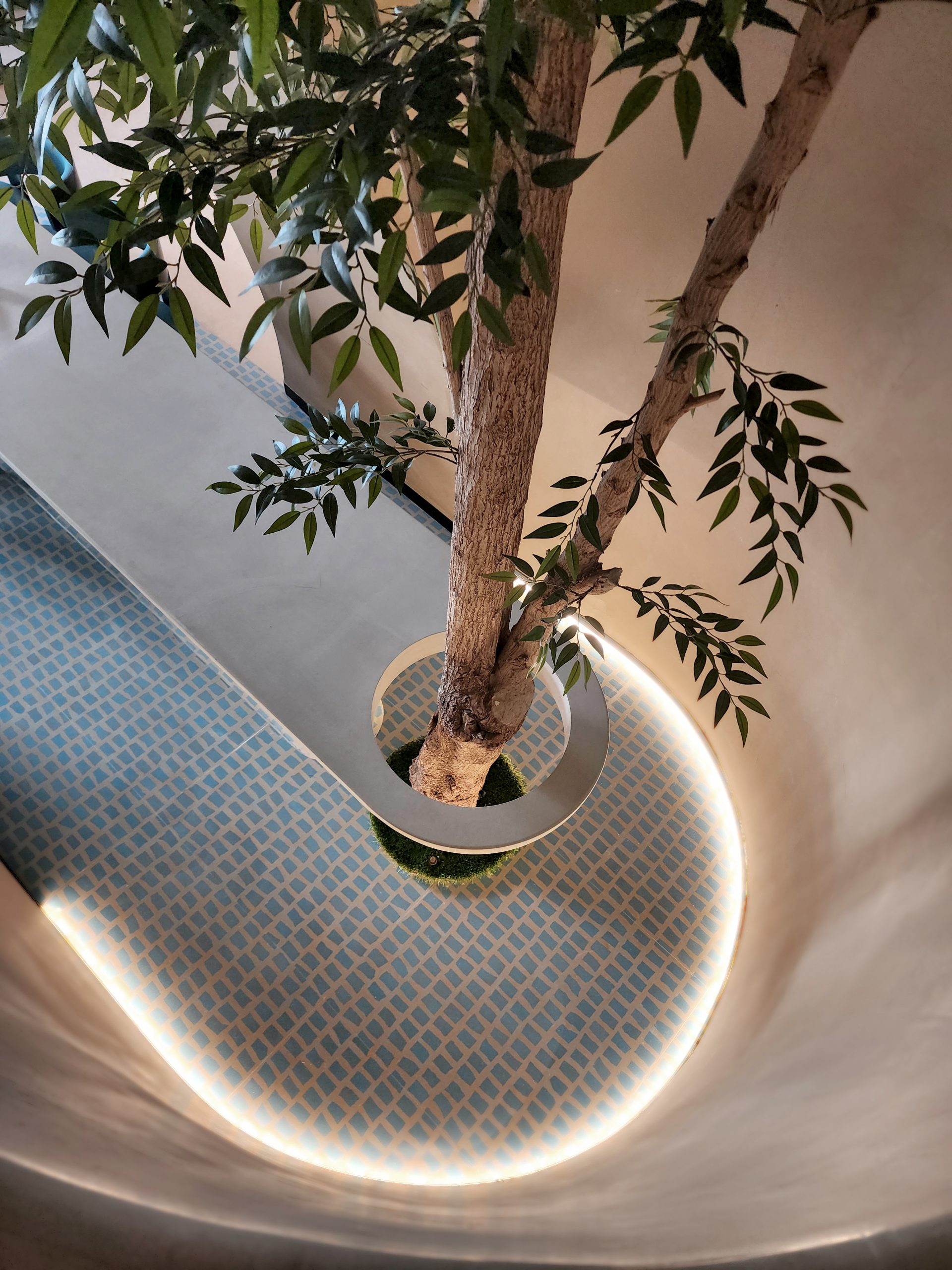
Cosmo café in Riyadh, Saudi Arabia designed by 4Space Design
Read more features here.
The Latest
Innovation Meets Indulgence
Here are the latest launches for the bathroom that have caught our eye this year
A New Standard in Coastal Luxury
La Perla redefines seaside living with hand-crafted interiors and timeless architecture
Things to Covet
Here are some stunning, locally designed products that have caught our eye
An Urban Wadi
Designed by Dutch architects Mecanoo, this new museum’s design echoes natural rock formations
Studio 971 Relaunches Its Sheikh Zayed Showroom
The showroom reopens as a refined, contemporary destination celebrating Italian craftsmanship, innovation, and timeless design.
Making Space
This book reclaims the narrative of women in interior design
How Eywa’s design execution is both challenging and exceptional
Mihir Sanganee, Chief Strategy Officer and Co-Founder at Designsmith shares the journey behind shaping the interior fitout of this regenerative design project
Design Take: MEI by 4SPACE
Where heritage meets modern design.
The Choreographer of Letters
Taking place at the Bassam Freiha Art Foundation until 25 January 2026, this landmark exhibition features Nja Mahdaoui, one of the most influential figures in Arab modern art
A Home Away from Home
This home, designed by Blush International at the Atlantis The Royal Residences, perfectly balances practicality and beauty
Design Take: China Tang Dubai
Heritage aesthetics redefined through scale, texture, and vision.
Dubai Design Week: A Retrospective
The identity team were actively involved in Dubai Design Week and Downtown Design, capturing collaborations and taking part in key dialogues with the industry. Here’s an overview.

